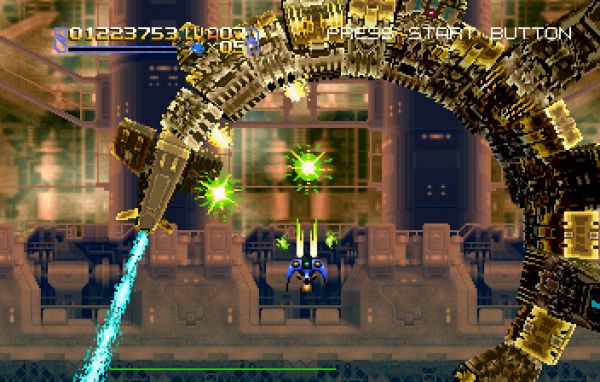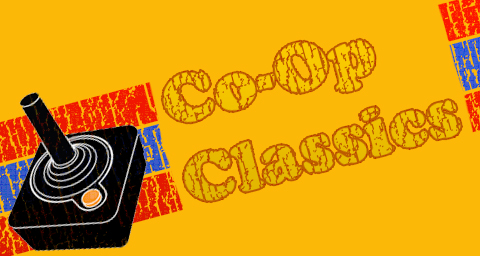The typical article for Co-Op Classics has a very predictable format. I dig up some old game I played way back when, do a little research, maybe play it a bit via emulation, and then I write about what made it unique compared to other games of the time. Sometimes, I'll include personal memories to spice things up a bit. But for the subject of today's column, Radiant Silvergun, I can't do any of these things, unfortunately.
The fact is, I never had the chance to play Treasure's legendary shooter. Briefly released in Japanese arcades, the shooter was enhanced with additional modes, voice acting, and cut scenes, and then ported over to Sega's Saturn console. However, the game never made the jump across the pond to the United States. Even if it had, I never owned a Saturn. And if I did, the game was so rare and highly sought after that it cost upwards of $200 to obtain a copy.

So what is it about Radiant Silvergun that would make gamers lay out the big bucks just to play it? Why does it have such a following, a golden reputation, if you will? Is it really that different from other shooters? Since I haven't played it, I can't answer with any certainty, but the Official Co-Op Classics Magic 8 Ball says "signs point to yes".
For one thing, you have to consider the pedigree. Treasure, the developers, have a hit list that most publishers would wade through a real bullet hell for. Gunstar Heroes, Sin and Punishment, and Guardian Heroes, among others, are quality, critically acclaimed games. The so-called "spiritual successor" to Radiant Silvergun, Ikaruga, is amazing, easily one of my favorite Xbox Live Arcade releases. If Radiant Silvergun is as good as Ikaruga (and many folks think the earlier game is the better of the two), that's a good indicator that the reputation it has is well deserved.
